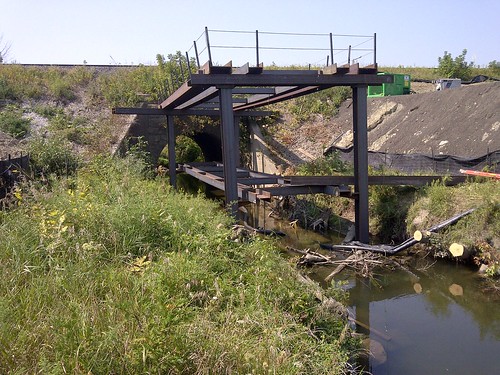innsertnamehere
Superstar
^its not about empirical numbers but about how many people actually commute. Durham has very high GO use due to its cheap housing and easy access to downtown via the Lakeshore line.. Lakeshore east probably has more use per capita served by it then Lakeshore west. Highway access is difficult to durham (though not so much once the 407 opens), so many commute by train.















